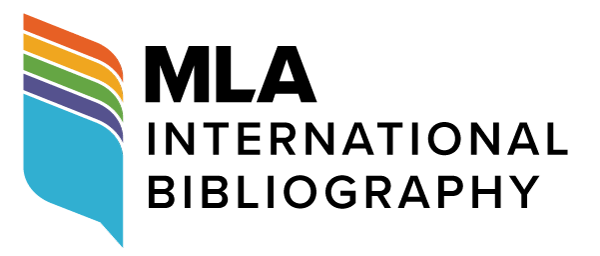The Mirror Motif in Margaret Atwood’s Cat’s Eye
DOI:
https://doi.org/10.18485/bells.2017.9.7Keywords:
fiction, reality, creativity, reflectionAbstract
This paper will try to show how the mirror motif is symbolically presented through the images of eyes and water (as symbols of reflection) in the life of the novel’s heroine – Elaine Risley. The mirror motif reveals the psychological state of Elaine’s mind, initiates changes in her perspective and indicates that reality is only a reflection of what she is able to see at a given moment. The aim of this paper is to reconstruct the stages of painting as a creative act by establishing the internal and external factors that led our controversial painter and narrator to engage in the process of creation, as well as to indicate the significance of creative expression in resolving her complex relationship with Cordelia, the girl who marked her childhood. By identifying the elements of fiction and reality of the main character and indicating their interaction and interconnectedness, we will try to explore the symbolism of Elaine’s creative process and determine the extent to which fictional elements have contributed to both her art and perception of reality. Both ontological and psychological theories will be used as a framework for exploring the relation between Elaine’s possible liberation from fantasy, which is an indispensable resource for her fictional world, and the potential for identifying the real causes of her traumas and subtle misogyny.
Downloads
References
Downloads
Published
Issue
Section
License

This work is licensed under a Creative Commons Attribution-ShareAlike 4.0 International License.
Authors who publish with this journal agree to the following terms:
- Authors are confirming that they are the authors of the submitting article, which will be published (print and online) in Belgrade English Language and Literature Studies by the Faculty of Philology, University of Belgrade (Faculty of Philology, Studentski trg 3, 11000 Belgrade, Serbia). Author’s name will be evident in the printed article in the journal. All decisions regarding layout and distribution of the work are in hands of the publisher.
- Authors guarantee that the work is their own original creation and does not infringe any statutory or common-law copyright or any proprietary right of any third party. In case of claims by third parties, authors commit their self to defend the interests of the publisher, and shall cover any potential costs.
- Authors retain copyright and grant the journal right of first publication with the work simultaneously licensed under a Creative Commons Attribution-ShareAlike 4.0 International License that allows others to share the work with an acknowledgement of the work's authorship and initial publication in this journal.
- Authors are able to enter into separate, additional contractual arrangements for the non-exclusive distribution of the journal's published version of the work (e.g., post it to an institutional repository or publish it in a book), with an acknowledgement of its initial publication in this journal.
- Authors are permitted and encouraged to post their work online (e.g., in institutional repositories or on their website) prior to and during the submission process, as it can lead to productive exchanges, as well as earlier and greater citation of published work.




